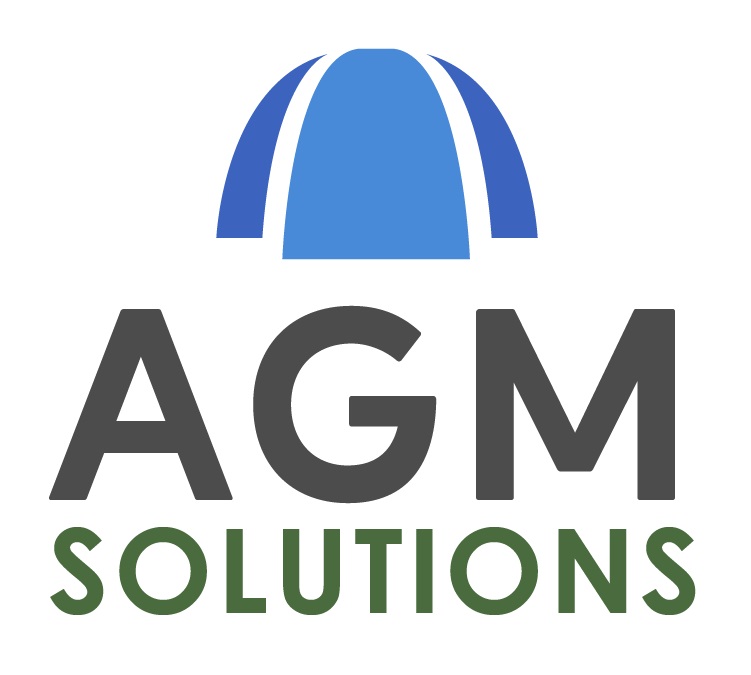The WSH (CONSTRUCTION) REGULATIONS 2007 replaces the BOWEC w.e.f. 1 Jan 2008.
The contents of the regulation are as follows:
PART I - PRELIMINARY
1. Citation and commencement
2. Definitions
3. Application
PART II - SAFETY & HEALTH MANAGEMENT ARRANGEMENT
4. Safety and health management system
5. Site coordination meeting
6. Workplace safety and health co-ordinator
7. Duties of workplace safety and health co-ordinator
8. Powers of workplace safety and health co-ordinator
9. Safety and health training
PART III - PERMIT-TO-WORK SYSTEM
10. Application of this Part
11. Implementation of permit-to-work
12. No high-risk construction work without permit-to-work
13. Application for permit-to-work
14. Evaluation of permit-to-work
15. Issue of permit-to-work
16. Posting of permit-to-work and supervisor’s duty
17. Monitoring of work
18. Duty to report incompatible work
19. Revocation of permit-to-work
PART IV - GENERAL PROVISIONS
20. Structures and supports
21. Stability of structures
22. Falling hazards
23. Work on roofs
24. Storage and placement of materials and equipment
25. Protection against falling objects
26. Slipping hazards
27. Hazards arising from protruding objects
28. Vehicular hazards
29. Runways and ramps
30. Entry into building under construction
31. Safe means of access and egress between different working levels in building or structures
32. Lighting
33. Personal protective equipment
PART V - ELECTRICAL SAFETY
34. Electrical power circuits
35. Installation of electric wiring and power lines
36. Bare wires and exposed live conductors
37. Residual current circuit breakers and overcurrent protective devices
38. Prohibition on use of fuse
39. Welding sets
40. Industrial plug and socket-outlet
41. Distribution board and socket-outlet assembly
42. Electrical installations and equipment used underground or in confined space
PART VI - LADDERS
43. Construction
44. Resting surface and prevention against slipping
45. Landing place
PART VII - CANTILEVERED & MATERIAL PLATFORMS
46. Cantilevered and material platform
47. Guard-rails and toe-boards
48. Use of wire rope
49. Inspection by designated person
PART VIII - DISPOSAL OF MATERIALS
50. Accumulation of debris
51. Method of removal of debris, etc.
52. Floor openings for debris removal
53. Chutes
54. Construction of chutes
55. Debris collection area
56. Design of chute by professional engineer
PART IX - FORMWORK STRUCTURES
57. General duty on occupier
58. General requirement
59. Supports and shores
60. Appointment of formwork supervisor
61. Duties of formwork supervisor
62. Register
63. Design and construction of formwork structure
64. Duties of professional engineer on formwork structure
65. Concrete work
66. Dismantling
67. Steel reinforcement
68. Reshoring
PART X - DEMOLITION
69. General duty on occupier
70. Preparation of demolition work
71. Protection of adjacent structures
72. Removal of load bearing structures
73. Demolition of walls, partitions, etc.
74. Access to floor
75. Barricades, catch platforms and warning signs
76. Mechanical method of demolition
PART XI - EXCAVATION & TUNNELLING WORKS
77. General requirements on excavation work
78. Duties of professional engineers on excavation
79. Access and egress from excavation
80. General duty on occupier
81. Stability of tunnelling work
82. Ventilation
83. Illumination level
84. Access to and egress from tunnel or shafts
85. Plant and ancillary equipment
86. Means of communications
87. Tampering with fittings
88. Training
89. Rescue team
90. Fire-fighting facilities and procedure
PART XII - COMPRESSED AIR ENVIRONMENT
91. General duty on occupier
92. Safe system of work
93. Warning notices
94. Use of bulkhead
95. Plant and ancillary equipment
96. Supply of air
97. Power source
98. Temperature and humidity
99. Means of communications
100. Appointment of competent person for compressed air works
101. Identification badges
102. Conditions for person working in compressed air environment
103. Condition for multiple entries in compressed air environment
104. Prohibition on consumption of alcohol and smoking
105. Man-locks
106. Compression and decompression procedure and use of man-lock
107. Medical locks
108. Man-lock and medical lock attendants
109. Attendance at man-lock
110. Attendance at medical lock
111. Appointment of medical practitioner
112. Resting facilities and first-aid room
113. Maintenance of records
114. Training of personnel
PART XIII - EXPLOSIVES
115. General duty on employer and principal
116. Handling of explosives
117. Smoking, open lights, etc.
118. Opening packages
119. Deepening holes
120. Size of holes
121. Removing cartridge wrappers
122. Loading near other operations
123. Loading and tamping
124. Work of firing of any blast
125. Warning and retreat
126. Return to blast area
127. Misfires
128. Operations during thunderstorm
PART XIV - PILING
129. Stability of adjacent structures
130. Inspection
131. Pile driver not in use
132. Pile testing
133. Footing
PART XV - CRANES, EMPLOYEE’S LIFTS & MATERIAL HANDLING MACHINERY
134. Strength and stability
135. Capacity chart
136. Thorough examination and inspection
137. Handling of suspended loads
138. Prohibition on riding on loads
139. Cranes or machinery at rest
140. Operators of employee’s lift
PART XVI - MISCELLANEOUS
141. Offence
142. Revocation
For details, refer to the relevant regulation.




